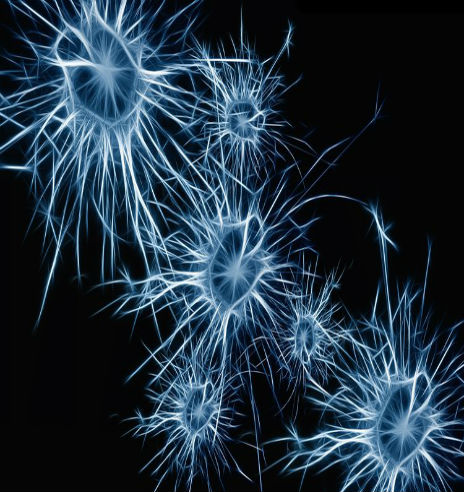In our focus on the Technological Vectors of Happiness, one of the core areas of science we concentrate on is neuroscience. Clearly, the ability to read, stimulate or alter the patterns of the brain represents a path toward creating brain states that create delightful moments. Those might be relief from anxiety or stress, inducement of calm or comfort, or a thousand and one other mental shifts.
Since we turned our attention here last fall, with the initiation of Joyance Partners — our fund centered on the science of delightful moments — we have seen a plethora of neuroscience-related startups. We have made only four investments so far, however. This is largely because outside evidence indicates that neuroscience may be a slowly developing segment from a marketplace point of view. The science in this area can uncover deep new truths about human emotions and behaviors, but it may take companies and consumers a long time to get comfortable with the realization that the human brain is now parsable territory.
So, we will remain super active in neuroscience at the level of exploration, but only when we can see how a particular approach can become commercially viable, or when we see scientific breakthroughs so profound we feel they will drive the creation of new companies, even whole new areas of human activity within our funds’ lifetimes, will we invest.
Our current investments, we feel, fulfill those requirements.
Boundless Mind. Neuroscience and AI driven communication that can produce predictable future behavior in groups. The early expressions here are in eliminating app addiction and understanding the roots of repeat consumer behavior for digital commerce apps.
Hexis. A super early-stage exploration of how a combination of EEG factors and AI can recognize the presence and depth of human emotions real-time.
Neosensory. Technology that allows the deaf to hear through sophisticated pulses on their skin. It transfers one sense (hearing) to another (touch). Future products will aim to replace hearing aids and bring a new level of haptic input to games and VR.
Thryve. The link between the human biome and moods is clear. Thryve is one of the first companies to personalize probiotics to individual gut biomes. This produces a product with much deeper impact on those who use it. Thryve also points the way toward highly personalized products that we feel will become the norm in the near future.
When we started Joyance, we had a rather complex and conceptual approach to neuroscience. Based on all we’ve learned to date, however, we can see how a much simpler approach can work much better. We have slimmed our fund definition of neuroscience to three core areas:
Neurostimulation. Transcranial Direct Current Stimulation for creativity. Transcranial Direct Current Stimulation for mental health. Near-infrared spectroscopy. Electroceuticals for pain. Haptic input. Sound (ASMR). Supplements (power/aging). Beta blocker for anxiety. Tab/Thca (Medical cannabis in forms that are legal in the US/Japan or both).
Neurosensing. EEG headsets and other EEG technology. Eye trackers. EEG technology. Biosensors for athletics. Emotion Sensors. Emotion Detection.
Behavior Change. Social Neuroscience for chronic disease. Neuro-based data analytics. Sleep optimization. Activity behavior management; mobile CBT. Narrative therapy for Parkinson’s Disease. Music therapy. VR platforms for healthcare. Behavior design platforms.
These are the segments we feel have the greatest potential to produce commercially viable or profoundly impactful science within the next two years.
